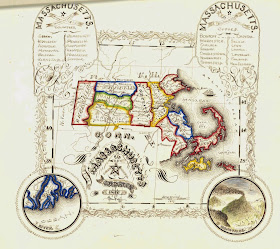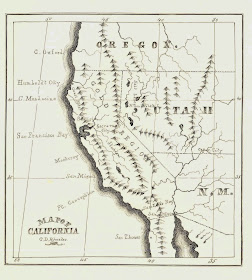 On January 16, 27 BC, the Roman Senate named Gauis Octavius, nephew of Julius Caesar, both Augustus and Princeps. The granting of these titles helped to cement Octavius's power in both the religious and political arenas of Rome and marked the beginning of the Roman Empire. But we don't want to talk about that. Instead, we'll move forward to 1776 and the publication of Gibbon's first volume of The History of the Decline and Fall of the Roman Empire (London: Printed for W. Strahan and T. Cadell in the Strand, 1776).
On January 16, 27 BC, the Roman Senate named Gauis Octavius, nephew of Julius Caesar, both Augustus and Princeps. The granting of these titles helped to cement Octavius's power in both the religious and political arenas of Rome and marked the beginning of the Roman Empire. But we don't want to talk about that. Instead, we'll move forward to 1776 and the publication of Gibbon's first volume of The History of the Decline and Fall of the Roman Empire (London: Printed for W. Strahan and T. Cadell in the Strand, 1776).Gibbon's classic work attempted to chronicle the whole of the history of western civilization from 98 to 1590 AD, or roughly from the beginning of Trajan's imperium to late in Queen Elizabeth's reign. He discussed the decline of the Roman Empire in both the east and west and attributed the eventual fall to a gradual erosion of the will of the populace and a general malaise and antipathy toward current events. He argued that this led to the outsourcing of critical positions, most notably in the military, and to increased corruption in those same areas, all of which allowed for the eventual seizure of power by the German Odoacer in 476 - the first king of Italy.
Gibbon was fanatical about his source material and always preferred to use primary sources when possible, even when these sources contradicted history as promulgated by the Catholic Church. One notable example of this was Gibbon's claim that the number of Christians who suffered martyrdom at the hands of the Romans was much less than advertised. He cites writings by Origen and Dionysius of Alexandria, both of whom indicated that "the number of martyrs was very inconsiderable." Gibbon's further assertion that much of the decline was due to the rise of Christianity made for widespread criticism at the time.
To read Gibbon for yourself, ask for Val 874.42 G35ab.


